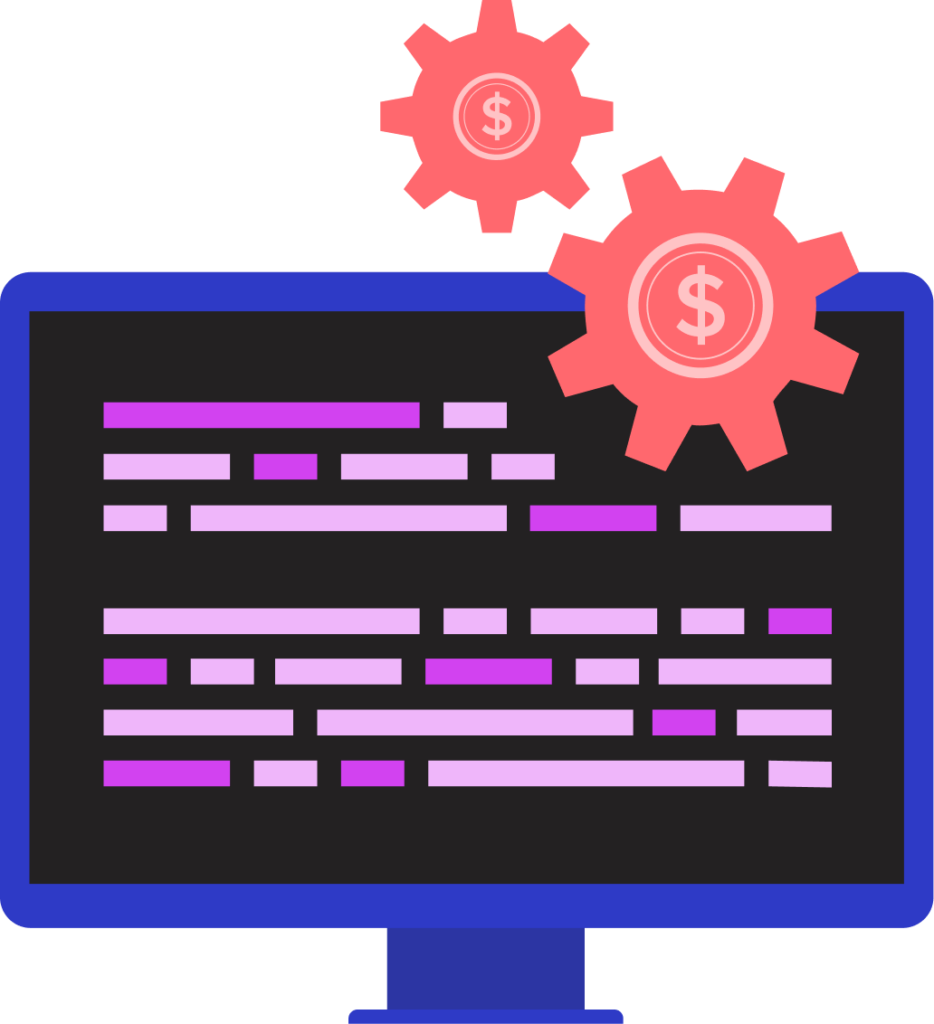Introduction to Payment API’s

APIs Make Integrating Payments Easy
Thousands and thousands of APIs are in use today. It’s estimated that more than 80% of web traffic is APIs doing their thing.
What is their thing? Well, API is short for Application Programming Interface. As the “interface” name suggests, an API serves as the point of interaction between different applications.
APIs act like an interpreter so that different applications can talk to each other and perform tasks that ultimately meet the needs of end users. APIs sit in the middle, receiving data requests from one application, calling another application with the request, receiving the requested data, and passing it back to the application that requested it – all in the blink of an eye.
A payment API (also called a payment gateway API, payment request API, and payment processing API) is one that is specifically designed to facilitate payment processing and make integrating payments into your platform quick, secure, and seamless.
Reasons to Integrate with a Payment API
There are many. Here’s a quick look at the biggies:
1. You don’t have to spend lots of money and time building a payments platform yourself.
You also don’t need years of payments experience. A payment API from an experienced integrated payments partner will bolt easily onto your existing software and accounting platforms, so you can offer easier ways for your customers to pay their fees, while saving time on accounting, bookkeeping, and other administrative work.2. You can offer a seamless, fully branded user experience for your customers and their customers.
Your customers won’t have to manage payments on a secondary system, and their customers won’t be directed to another website to checkout, risking cart abandonment.
3. You minimize your PCI compliance.
A payment API secures card payment data for you and uses multiple layers of security like tokenization or authorization credentials to minimize and eliminate security threats that could cost you.

4. You can provide your customers with multiple payment methods through a single, integrated API.
The best payment APIs enable you to customize payment solutions to suit your system, whether it’s direct debit, BPAY, or credit card payment processing. It will also include various functions, such as scheduling recurring payments, refunds, transaction and payer searches and managing hosted payments pages, and transparent redirects.
5. With the right payment API, you get 24/7 access to a development sandbox to test your custom payments integration.
No matter what you’re using to build your site or software, you’ll be able to accurately and easily test transactions and verify that your payment processing works before deploying to a live environment.
6. You get thorough, easy-to-follow documentation.
Access detailed setup guides and API documentation from your integrated payments partner that will help you implement even the most complex integrations.
7. You get access to expert developer and payments support
Finally, and arguably the most important benefit of integrating with a payment API, is the support throughout implementation, testing, launch, and beyond.
Payrix’s API solution
You can enjoy all of the benefits of integrating with a payment API – and more – with Payrix. Our API-first technology platform enables you to go live quickly with high control and full support at an exceptional value.
In other words, we make adding payments to your SaaS software easy.